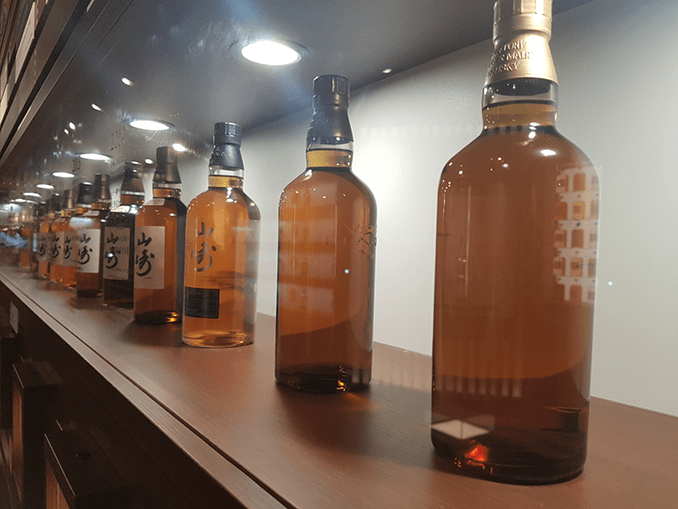It’s no secret that Japanese whisky is more popular than ever, both at home in Japan and around the rest of the world. Connoisseurs and collectors have belatedly discovered both the quality and value of whisky from Japan, making it one of the fastest-growing spirits categories globally over the last decade.
So why, at a time when Japanese whisky makers should be ramping up production, does it seem harder than ever to find high-end Japanese Whisky? The answers lie in decisions made decades ago, when the whisky market was much different than it is today.
A Decades-Old Slowdown Affects Today’s Whisky Market
Back in the 1980s and ‘90s, vodka ruled the roost in the spirits world. Whisky, whether it was bourbon from Kentucky or single malts from Scotland, had tumbled in popularity. Distilleries around the world were either shutting down production temporarily or, in many cases, getting permanently mothballed. Japanese distilleries weren’t immune to the slowdown. Historic facilities like Hanyu and Kagoshima were closed for good, and even the biggest, best-known distilleries like Yamazaki and Hakushu reduced production significantly. More recently, the Kawasaki and Karuizawa distilleries were permanently shut down.
When Japanese Whisky suddenly found a new and passionate audience, distilleries weren’t prepared to meet the demand. The crystal balls they’d looked into 12, 18, and 25 years before must have been defective! Distillers had the grains, the yeast, the water and the casks to make more whisky, but the one thing they didn’t have was time. Despite the best efforts of some forward-thinking whisky producers, it still takes at least 17 years to create a bottle of Hibiki 17 Year Old.
How Do Distilleries Cope With A Shortage Of Aged Whisky?
The inevitable result of the Japanese Whisky shortage was the discontinuation of beloved bottlings like Nikka’s Yoichi range and Suntory’s aged Hakushu single malts. In their place came “no-age-statement” expressions, called NAS for short, which are blends of older and younger whiskies. Here’s where the blenders can really work their magic! NAS whiskies such as Hibiki Blender’s Choice or Nikka’s Miyagiko Manzanilla Wood Finish may not have an age on the bottle, but they are terrific examples of the blenders’ art — and they have the advantage of being, in many cases, more affordable than age-statement whiskies.
Another interesting and innovative way Japanese Whisky brands are meeting demand is by creating “world blends,” which are combinations of Japanese Whisky and whiskies from other parts of the world, such as Scotland and Canada. Because they’re blended and bottled in Japan, they’re allowed by law to be called Japanese Whisky. At dekanta, however, we always aim to be as transparent as possible about the provenance of our spirits. Among our most popular world blends is Kamiki Intense, which has been finished in Japanese cedar. It has a gorgeous, woody aroma and a flavor reminiscent of apples and honey.
The Silver Lining For Japanese Whisky Aficionados
Of course, for many Japanese Whisky fans, there’s no substitute for a favorite aged expression, whether or not it’s currently being produced. At dekanta, we use our connections in both the primary and secondary markets to source whiskies that are virtually impossible to find on store shelves, from recently discontinued expressions like Hakushu 12 Year Old to legendary and impossibly rare bottles from the Karuizawa distillery, which shut down in 2011 and has since become the most collectible of Japanese Whiskies.
Thankfully, there are still some Japanese age-statement Whiskies that survive, such as Nikka’s stunning Taketsuru Pure Malt 17 Year Old, or the Eigashima distillery’s White Oak Single Malt 10 Years, aged in ex-sherry butts for a decade. Distilleries on the cutting edge, such as Chichibu, produce younger whiskies like the Ichiro’s Malt range, which can be as beautiful and complex in their own way as longer-aged bottlings.
The best news of all is that, in the wake of the Japanese whisky boom, distilleries have ramped up production dramatically. So with any luck and some patience, you’ll see your favorite discontinued Japanese Whiskies start to hit store shelves again in the next several years. In the meantime, we’ve got you covered!
Published: February 18, 2019Author: Tony Sachs
